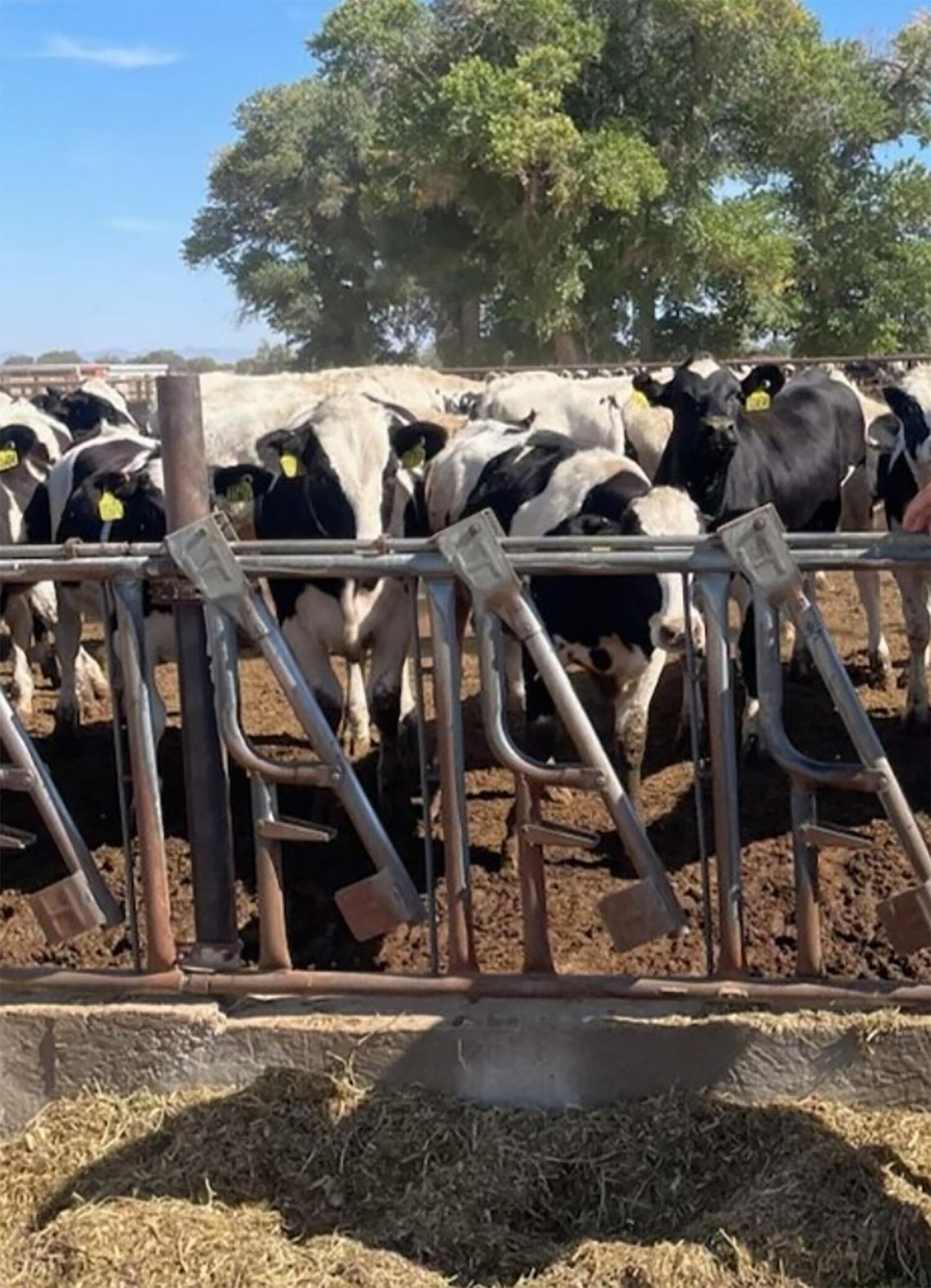A dairy worker in Churchill County tested positive for avian influenza A (H5N1) after exposure to infected dairy cattle, marking Nevada’s first reported human case. Health officials were seen testing dairies in the area last week. However, the report came from state and federal health officials on Monday, February 10, when they confirmed that a local dairy worker, experiencing eye irritation and redness (conjunctivitis), has the virus.
The Central Nevada Health District (CNHD) and the Centers for Disease Control and Prevention (CDC) say there is no evidence of the virus spreading between people, and they continue to assess the overall risk to the public as low. The worker reported no other symptoms and is already recovering. However, health officials are monitoring farm workers who may have been exposed and are offering protective equipment, antiviral medication, and testing as needed.
The virus is known as H5N1, but it has different strains. The version identified in Churchill County, called D1.1, was confirmed in Nevada cattle on January 31 during routine testing.
While H5N1 has been found in dairy herds across the country, this is the first known human case linked to the D1.1 strain in cattle.
Until now, this strain of avian flu has only been confirmed in poultry-related cases. As the virus is presenting in dairy cows, officials are raising questions about how the virus is being transmitted.
Despite this development, the CDC continues to emphasize that the risk to the general public remains low. Most previous human cases of bird flu in the U.S. have been mild and involved people who worked closely with infected animals.
According to CNH, the worker’s only symptom was conjunctivitis (pink eye), which is not uncommon for farm workers, whether from viruses, bacteria, or environmental irritants. In cases of bird flu, the virus can infect the eye when a person comes into contact with contaminated animals, typically in saliva or respiratory droplets from infected animals. Contamination most often occurs during routine cattle care and management, like handling cows during milking or health checks. The virus transfers when a worker touches the face, eyes, or nose and then touches one’s own eyes.
Aerosol exposure can also create risk. Being near infected cows when they sneeze, cough, or release virus particles into the air can result in transmission. Contaminated surfaces are also problematic, as the virus can survive on milking equipment, barn surfaces, and hands before being transferred to the eye.
This is similar to past H5N1 infections in poultry workers, where conjunctivitis was also the main symptom.
Is Nevada’s Milk Safe? Absolutely.
One of the biggest concerns when this virus emerges in dairy cattle is whether milk remains safe to drink. The answer is yes—and here’s why:
Pasteurization kills the virus. Milk sold to consumers must be pasteurized before hitting the shelves. Pasteurization heats milk to temperatures of 61°-280°F that destroy viruses and bacteria, including H5N1.
These methods have been shown to eliminate bird flu viruses, meaning there is no risk of infection from store-bought dairy products.
Also, every cow is tested, and infected milk never leaves the dairy. Nevada dairy farms follow strict testing protocols to keep the milk supply safe. If one cow in a production group (called a string) test positive, all the milk from that group is discarded—even if the other cows test negative. This ensures that no contaminated milk enters the food chain.
Most of Churchill County’s milk is processed at the Dairy Farmers of America (DFA) plant, where it undergoes further safety steps beyond pasteurization. DFA milk is turned into powdered milk, which involves dehydration and high-heat processing, further reducing or eliminating any trace pathogens that could be present.
With these safeguards in place, there is no risk to consumers who drink pasteurized milk or eat dairy products made from it.
While public health officials say everyday exposure for the public is not a concern, those who work directly with livestock should continue following common-sense precautions to protect themselves.
State and federal agencies continue monitoring the situation in Nevada and nationwide. The CDC, USDA, and local health departments are working closely with dairy farms to prevent further spread.
Officials urge anyone who notices sick or dead birds, livestock, or other animals to report it to USDA Wildlife Services or the Nevada Department of Agriculture.
This is an isolated case for now, and health experts say there is no reason for public alarm. With rigorous testing, strict safety protocols, and the natural barriers pasteurization and processing provided, Nevada’s dairy supply remains safe, and the overall risk to residents is low.










Comment
Comments